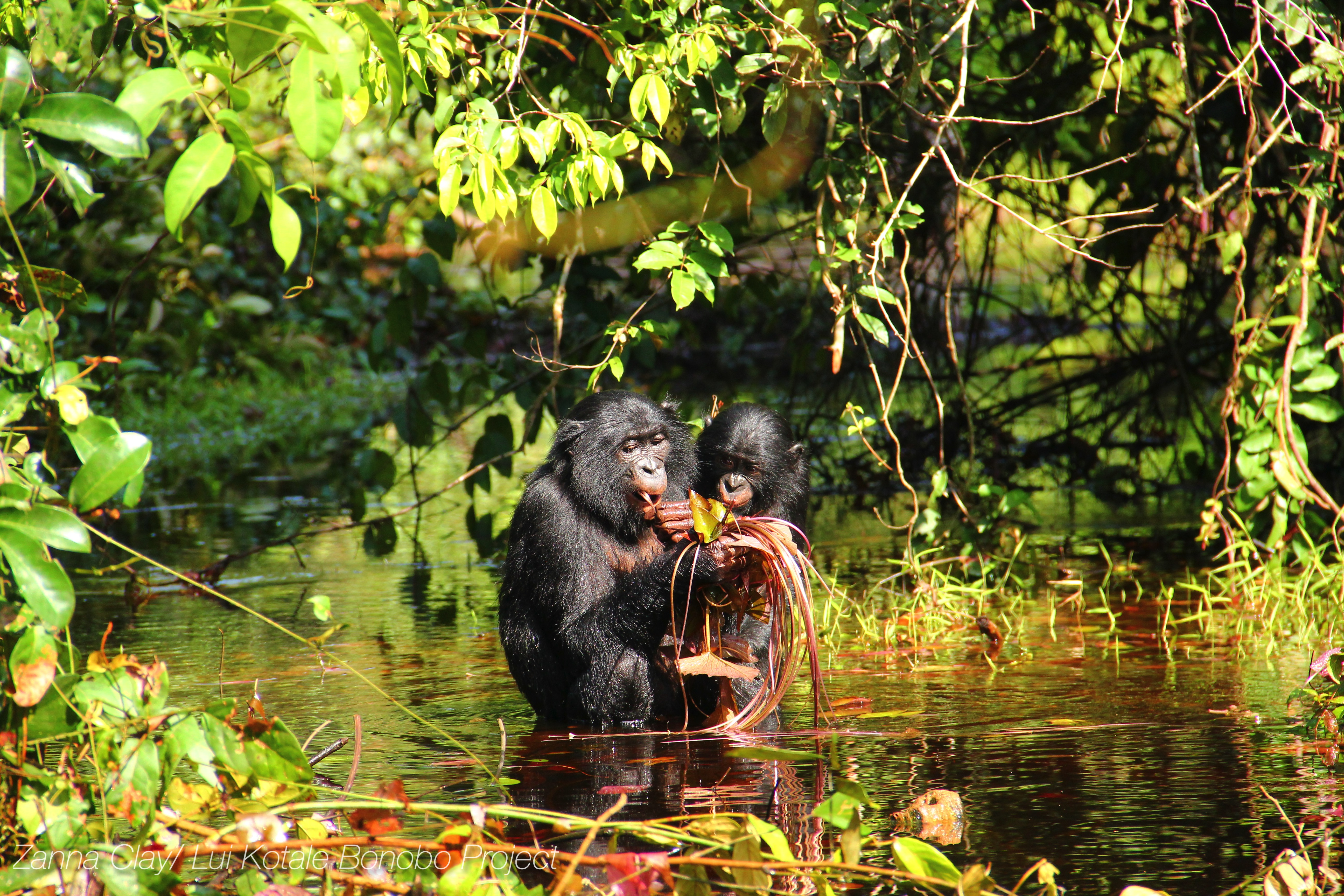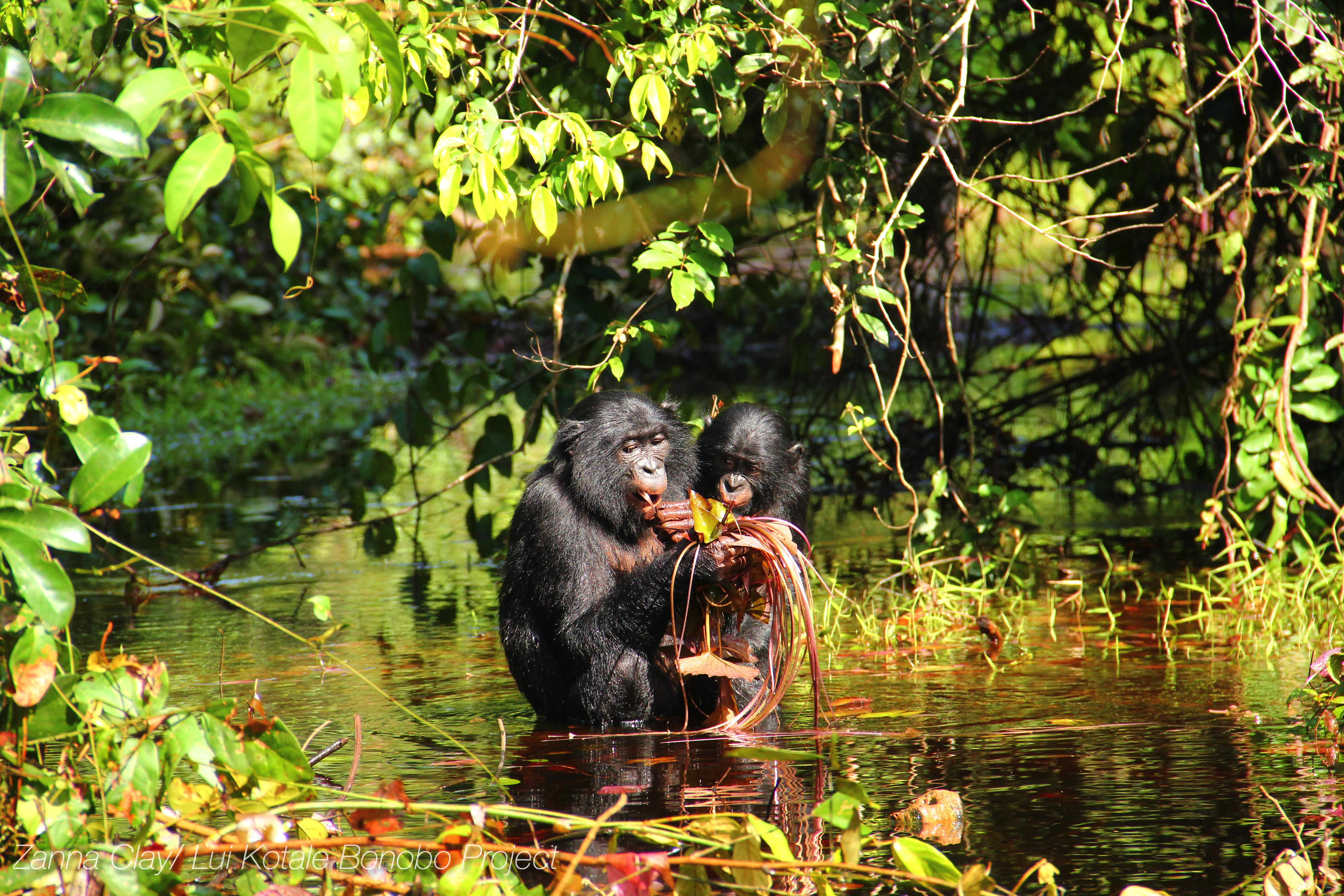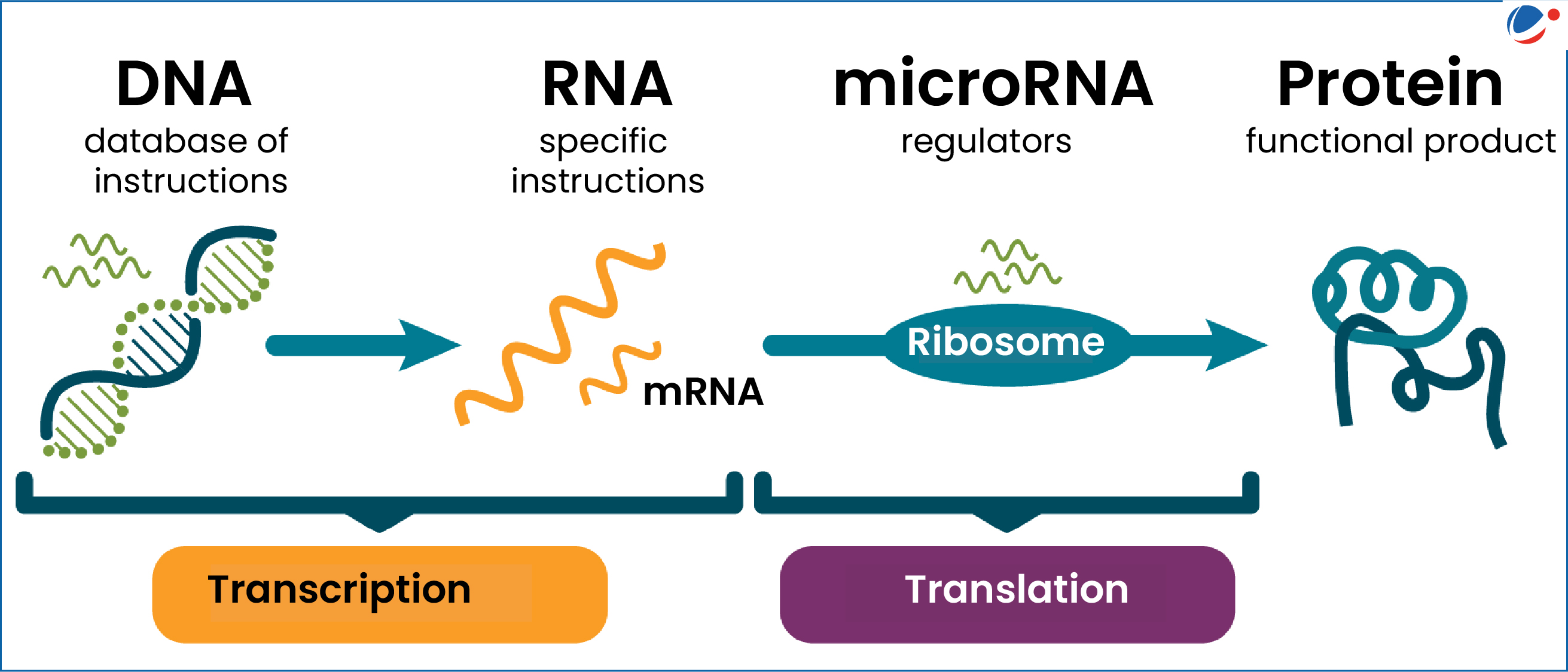Bonobo Communication: Insights into Animal Language Study
Bonobo communication offers a fascinating glimpse into the complexities of animal language, as it parallels some aspects of human interaction. Research findings indicate that bonobos utilize a rich array of vocalizations to express nuanced social contexts, which is a key element in the study of animal language. Their ability to form what resembles word compounds and phrases showcases the high social complexity in bonobos, allowing them to convey intricate messages. Notably, the concept of compositionality in communication, where the meaning is derived from the arrangement of different vocal signals, appears prominently in their vocal behavior. These insights not only enhance our understanding of bonobo vocalizations but also challenge the traditional views on the emergence of language by suggesting that such linguistic traits may predate the human species itself.
The art of communication in bonobos highlights their intricate means of interaction and social bonding. By studying the vocal patterns and signals of these primates, researchers are uncovering insights into the broader landscape of animal communication. The linguistic parallels between bonobos and humans raise intriguing questions about the evolution of language and the characteristics of social complexity in different species. Evidence of linked vocalizations and their meanings reveals the likelihood of an advanced communicative system, akin to what we observe in human societies. As scientists delve deeper into this alternative animal language study, the implications for understanding both bonobo and human communication become increasingly significant.
Understanding Bonobo Communication
Bonobo communication is a fascinating area of study that sheds light on how these primates interact with one another in their natural habitats. Research indicates that bonobos use a sophisticated system of vocalizations, which includes distinct calls that resemble human language. These vocalizations, from whistles to peeps, serve various functions, such as coordinating group movements or expressing emotions. The nuanced nature of these sounds allows bonobos to convey diverse social situations, much like humans use words to describe complex ideas.
The recent findings by researchers at the University of Zurich and Harvard University highlight the significance of compositionality in bonobo communication. This concept indicates that bonobos can combine different calls to create new meanings, supporting the idea that their communication system has intricate elements similar to human language. Understanding these dynamics provides insights not only into bonobos themselves but also into the evolution of communication among social animals.
Frequently Asked Questions
What are Bonobo vocalizations and how do they relate to animal language study?
Bonobo vocalizations encompass a range of sounds that these primates use to communicate within their social groups. Recent animal language studies indicate that these vocalizations include compound-like structures and phrases, demonstrating a level of complexity similar to human language. This suggests that Bonobo communication can convey nuanced meanings and reflect their advanced social dynamics.
How do researchers study social complexity in bonobos through their communication?
Researchers investigate social complexity in bonobos by observing their vocal behaviors in different contexts. They examine how bonobos use vocalizations to indicate social situations, coordinate movements, and maintain relationships. The findings reveal that their communication system is intertwined with their social structure, indicating that more sophisticated communication enables the formation of complex social bonds.
What is compositionality in Bonobo communication?
Compositionality refers to the ability to combine vocal sounds to create new meanings, similar to how humans form phrases. In Bonobo communication, researchers have identified that vocalizations can be sequenced to reflect specific social contexts, showing that Bonobos can express intricate ideas and emotions, thereby adding depth to their interactions.
What are some key findings from bonobo research regarding their communication abilities?
Key findings from bonobo research indicate that these primates possess a rich vocal repertoire, which includes calls that can command attention, express emotions, or signal environmental cues. Furthermore, the study of Bonobo vocalizations has led to the creation of a ‘dictionary’ of sounds, revealing the compositional nature of their communication and providing insights into the evolution of language.
How does Bonobo vocal complexity compare to that of other species?
Bonobo vocal complexity has been shown to be comparable to that of chimpanzees, particularly in species characterized by sophisticated social systems. Both Bonobos and chimpanzees exhibit levels of combinatorial complexity in their vocalizations, suggesting that such systems may be evolutionary adaptations to maintain social bonds over distances.
What implications do Bonobo communication studies have for understanding the evolution of language?
Studies of Bonobo communication imply that the roots of language predate humans, as these primates utilize vocalizations with compositional and complex structures. The insights gained from Bonobo communication suggest that aspects of language evolution may emerge from social needs, highlighting the interconnectedness of vocal complexity and social complexity.
What is the significance of observing Bonobo vocalizations in the wild?
Observing Bonobo vocalizations in the wild is significant because it allows researchers to understand natural communication contexts and behaviors. This field research helps establish how Bonobos use vocalizations to navigate their social environments, providing critical data on the evolutionary pathways of communication and the relationship between vocal complexity and social structure.
| Key Points |
|---|
| Bonobos communicate vocally in complex ways similar to humans. |
| Research indicates bonobos use word compounds and phrases to express social nuances. |
| The study conducted at Kokolopori in the DRC analyzed bonobo sounds in different contexts. |
| Bonobos’ vocalizations include various sounds such as peeps and whistles that indicate social situations. |
| The findings may help in understanding the evolution of communication in humans and animals. |
Summary
Bonobo communication reveals fascinating insights into the social lives of these primates, showcasing their ability to convey complex ideas through vocalizations. This study highlights the similarities between bonobo and human communication systems, suggesting that the foundations of language may stretch far back in our evolutionary past. By utilizing compositional structures similar to human language, bonobos demonstrate their rich social interactions, ultimately contributing valuable knowledge to the field of animal communication.









